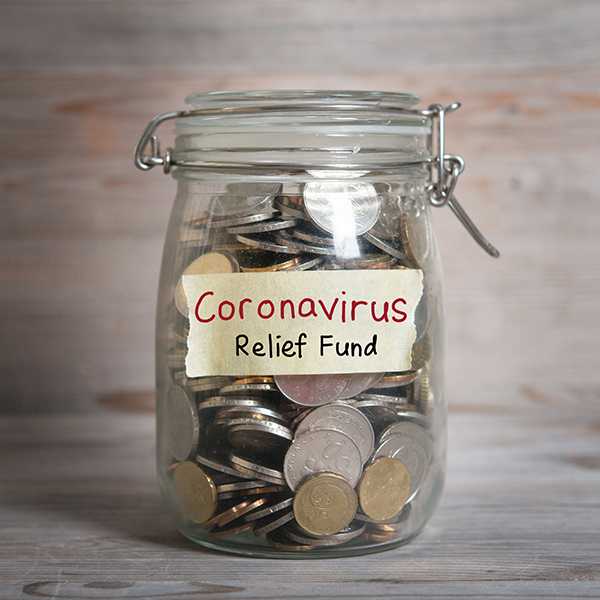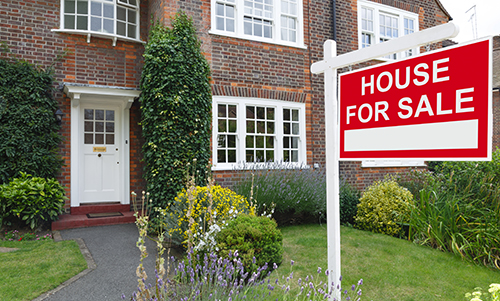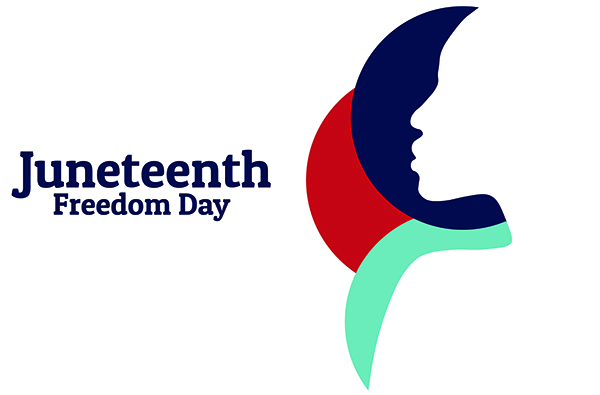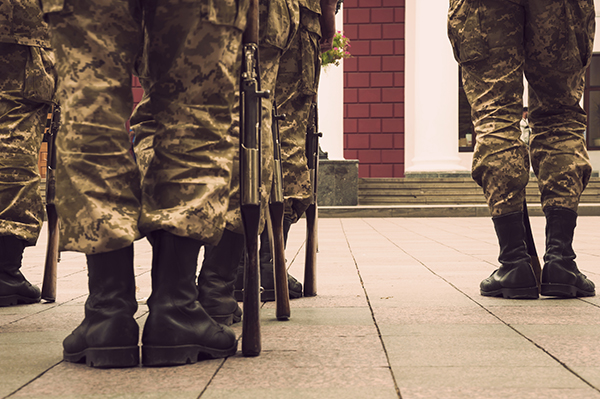Percentage of Black residents in Seattle is at its lowest point in 50 years
Posted on July 15, 2020
For Seattle, the 2010s were transformative, and not just in terms of population growth. As the cost of living skyrocketed and gentrification spread across the city, many neighborhoods were fundamentally changed.
These changes had implications in terms of racial diversity, too, and that’s particularly true for Black Seattleites. While the number of white, Asian, Hispanic and multiracial city residents increased sharply during Seattle’s boom decade, the number of Black people remained flat.
In 2018, the most recent data available, the total estimated Black population of Seattle was about 51,000, basically unchanged from 2010. But while the Black population stagnated, the city’s total population ballooned by more than 130,000 in this period, hitting nearly 750,000.
 As a result, the percentage of Seattle’s population that is Black fell to 6.8%, down by more than 1 percentage point since the start of the decade. This marks the first time since the 1960s that the city’s Black population has dipped below 7%.
As a result, the percentage of Seattle’s population that is Black fell to 6.8%, down by more than 1 percentage point since the start of the decade. This marks the first time since the 1960s that the city’s Black population has dipped below 7%.
(Note: The Black population figure of 51,000 includes people who identify as Black alone, and does not include people who identify as multiracial.)
To be sure, Seattle, the fifth-whitest major U.S. city, has never had a very high percentage of Black residents compared with most other big cities. But the Black population was certainly higher in the past than it is today. From 1980 to 1990, the Black population peaked at about 10% of the city’s total.
The Central District neighborhood was, in 1970, nearly 75% Black. Today, after decades of gentrification, it’s closer to 15% Black. South Seattle, too, has become less Black in recent years.
Why hasn’t the Black population kept pace with the overall growth rate in the 2010s? There’s more than one reason, but without question, economic inequality plays a key role.
The median income for a household headed by a Black person in Seattle was $42,500 in 2018. That kind of money won’t go very far in the city with the sixth-highest cost of living in the U.S. In comparison, households headed by a white person had a median income of $105,100. (The median represents the midway point, meaning half the households make more, and half make less).
And nearly three-quarters (73%) of households headed by a Black person in the city are rented. In fast-gentrifying Seattle, where there is no type of rent control, renters are vulnerable to steep increases in their monthly payments when the lease is up. Some renters have been pushed out of the city by a sudden rise in their housing costs. In comparison, only about half (51%) of Seattle households headed by a white person are rented.
These striking statistics take on added significance in light of the current Black Lives Matter protests for police reform and racial equity. As the city has become increasingly inhospitable to people with lower incomes, it’s also now less Black than it’s been in more than 50 years.
It’s notable that as the Black population in Seattle has stalled, the same is not true for the rest of King County. From 2010 to 2018, the Black population in the county, not including Seattle, increased by close to 50%, and now stands at about 100,000.
That’s a pretty remarkable development. Anyone who’s lived in this area a long time will be able to recall a suburban King County with hardly any racial diversity.
As recently as 1990, the number of Black people in Seattle was double the number in the surrounding county. Now that’s completely reversed, with the number outside the city double the number inside.
The highest concentration of Black people is in parts of South King County, where the cost of living is lower than in Seattle. Bryn Mawr-Skyway, at 26%, has the highest percentage, followed by SeaTac and Tukwila, in that order.
Seattle doesn’t rank among the 10 highest.
But there are sections of Seattle where a substantial percentage of the population is Black, including a number of neighborhoods in Rainier Valley, High Point in West Seattle, and Judkins Park. But across most of Seattle, the numbers are very low.
In the area of Capitol Hill where the protest zone has been established, less than 2% of the residential population is Black.
Gene Balk / FYI Guy: gbalk@seattletimes.com; on Twitter: @genebalk
Published June 16, 2020
SEE ALSO:
More Race Relations Articles
Sexual Bias Articles
Mental Health Articles
How Drugs and Alcohol Affect the Brain and Body
WA. Counselor Directory: find a therapist near you
How helpful is this web page to you?
(and how can we can improve this page for you?)
not helpful
very helpful
Other Articles
$40 million relief fund for undocumented immigrants
After months of talks with immigrant advocates, Gov. Jay Inslee is setting up a $40 million relief fund for people who can’t access federal stimulus programs because of their immigration status. Th... read more
Black homeowners face discrimination in appraisals
Companies that value homes for sale or refinancing are bound by law not to discriminate. Black Homeowners say it happens anyway.
Abena and Alex Horton wanted to take advantage of low home-refinance rates brought on by the coronavirus crisis. So in June, they took the first step in that process, welcoming a home appraiser into the... read more
Juneteenth 2020 a celebration and a call to action
For Black community organizers in Seattle
In recent days, TraeAnna Holiday, among others, has been busier than ever, organizing a Juneteenth rally and march in Seattle in just two weeks. Juneteenth, which commemorates the end of slavery in the U... read more
I do not want any help from your kind
Being a doctor while Black
Throughout my medical training, there were situations of patient’s refusing treatment based on the color of my skin, even in emergencies. One night, in Charlottesville, Virginia, the buzzing of the... read more
Keep up the fight:
Help pass the Justice in Policing Act
In the weeks following the killing of George Floyd, communities across Washington and throughout the country have stood up and powerfully spoken out — protesting, demanding accountability and fighting... read more
Stop fighting!
Atlanta sobriety test quickly turned deadly
ATLANTA (AP) — One minute, Rayshard Brooks was chatting cooperatively with Atlanta police, saying he’d had a couple of drinks to celebrate his daughter’s birthday and agreeing to a breath t... read more







